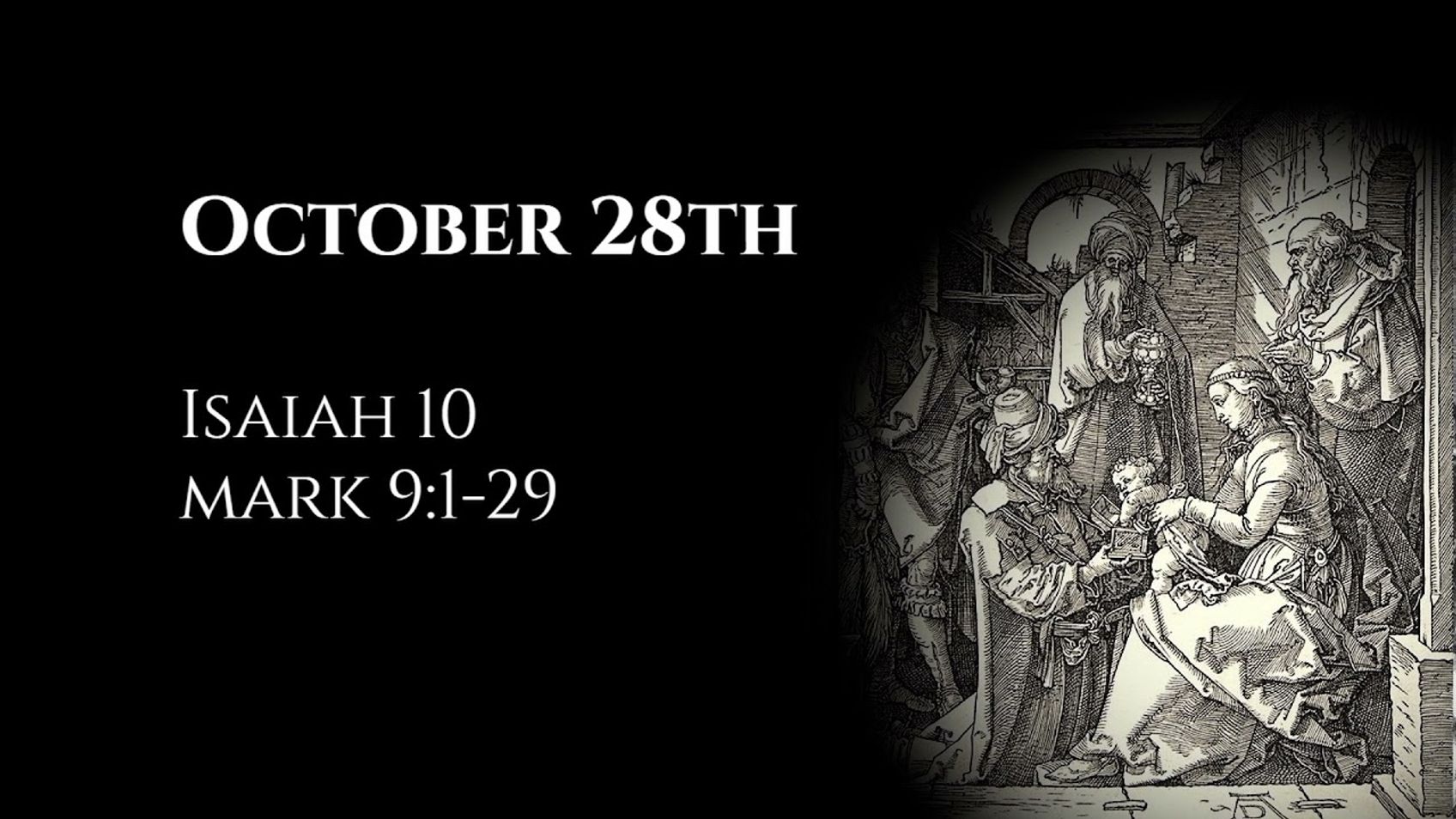October 28th: Isaiah 10 & Mark 9:1-29
October 27, 2021

Alastair Roberts
The Lord's judgment upon the proud axe of his wrath. The Transfiguration.
My reflections are searchable by Bible chapter here: https://audio.alastairadversaria.com/explore/.
If you are interested in supporting this project, please consider supporting my work on Patreon (https://www.patreon.com/zugzwanged), using my PayPal account (https://bit.ly/2RLaUcB), or buying books for my research on Amazon (https://www.amazon.co.uk/hz/wishlist/ls/36WVSWCK4X33O?ref_=wl_share).
You can also listen to the audio of these episodes on iTunes: https://itunes.apple.com/gb/podcast/alastairs-adversaria/id1416351035?mt=2.
More From Alastair Roberts
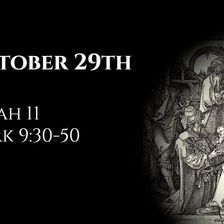
October 29th: Isaiah 11 & Mark 9:30-50
Alastair Roberts
October 28, 2021
A shoot from the stump of Jesse. Who is the greatest?
My reflections are searchable by Bible chapter here: https://audio.alastairadversaria.com/expl
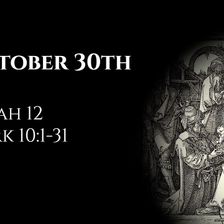
October 30th: Isaiah 12 & Mark 10:1-31
Alastair Roberts
October 29, 2021
Songs of salvation. Jesus and the rich young man.
My reflections are searchable by Bible chapter here: https://audio.alastairadversaria.com/explore/.
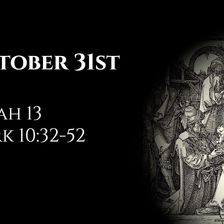
October 31st: Isaiah 13 & Mark 10:32-52
Alastair Roberts
October 30, 2021
The fall of Babylon. James and John's request.
My reflections are searchable by Bible chapter here: https://audio.alastairadversaria.com/explore/.
I
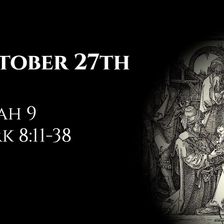
October 27th: Isaiah 9 & Mark 8:11-38
Alastair Roberts
October 26, 2021
Unto us a child is born. Peter's confession and Jesus foretells his death.
My reflections are searchable by Bible chapter here: https://audio.alastai
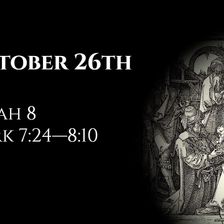
October 26th: Isaiah 8 & Mark 7:24—8:10
Alastair Roberts
October 25, 2021
Maher-shalal-hash-baz. The Syrophoenician woman and the feeding of the four thousand.
My reflections are searchable by Bible chapter here: https://au
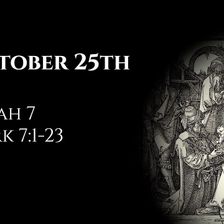
October 25th: Isaiah 7 & Mark 7:1-23
Alastair Roberts
October 24, 2021
Isaiah's message to King Ahaz. Conflict with the Pharisees about purity.
My reflections are searchable by Bible chapter here: https://audio.alastaira
More on OpenTheo
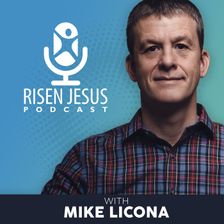
Mike Takes on World Ranked Debator on the Topic of Jesus' Resurrection from the Dead
Risen Jesus
August 27, 2025
Dr. Shane Pucket was ranked the 32nd best debater in the world in 2012. That year, he faced off against Dr. Michael Licona at Monroe Baptist Church in
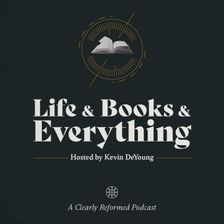
The Heidelberg Catechism with R. Scott Clark
Life and Books and Everything
November 3, 2025
You may not think you need 1,000 pages on the Heidelberg Catechism, but you do! R. Scott Clark, professor at Westminster Seminary California, has writ
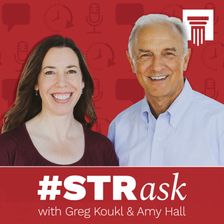
How Do These Passages Fit with Your View on How God Speaks?
#STRask
September 15, 2025
Questions about why, if it’s impossible to miss God’s voice, the disciples incorrectly told Paul “through the Spirit” not to go to Jerusalem, people m

John Thomson and the Shaping of American Presbyterianism with Stephen A. Fix
Life and Books and Everything
September 29, 2025
If you are looking for a deep dive into the history of early American Presbyterianism, you have come to the right place! Listen in as Kevin talks with

Did God Create Us So He Wouldn’t Be Alone?
#STRask
November 3, 2025
Questions about whether God created us so he wouldn’t be alone, what he had before us, and a comparison between the Muslim view of God and the Christi

The Man on the Middle Cross with Alistair Begg
Life and Books and Everything
November 10, 2025
If you haven’t seen the viral clip, go see it right now. In this episode, Kevin talks to Alistair about the preaching clip he didn’t intend to give, h

How Can I Improve My Informal Writing?
#STRask
October 6, 2025
Question about how you can improve your informal writing (e.g., blog posts) when you don’t have access to an editor.
* Do you have any thoughts or

How Can I Showcase God’s Goodness When I’m Struggling in My Suffering?
#STRask
September 8, 2025
Questions about how to showcase God’s goodness when we’re really struggling in our suffering, an explanation of God’s response at the end of the book

Do Christians Need to Believe that Jesus was Raised Bodily from the Dead? Licona vs. Patterson
Risen Jesus
October 15, 2025
In this episode, Dr. Stephen Patterson, New Testament professor at Eden Theological Seminary, argues against the bodily resurrection of Jesus, contend

“Christians Care More About Ideology than People”
#STRask
October 13, 2025
Questions about how to respond to the critique that Christians care more about ideology than people, and whether we have freedom in America because Ch

Is It a Sin to Feel Let Down by God?
#STRask
November 6, 2025
Questions about whether it’s a sin to feel let down by God and whether it would be easier to have a personal relationship with a rock than with a God

Did Jesus Lie in Mark 5:39?
#STRask
August 18, 2025
Questions about whether Jesus lied in Mark 5:39, proving that lying can’t be a sin, when he said, “The child has not died, but is asleep,” and what Je

Should I Leave a Church That Refuses to Preach on Divisive Topics?
#STRask
August 21, 2025
Questions about leaving a church with biblical theology because they refuse to preach on divisive topics, whether it’s okay to write an apologetics bo

The Boys Are Back in Town with Justin Taylor and Collin Hansen
Life and Books and Everything
September 1, 2025
It’s been a long time since the last LBE episode—too long some (i.e., our mothers) might say. But after a summer hiatus, the three amigos are back in

How Would You Convince Someone That Evil Exists?
#STRask
November 17, 2025
Questions about how to convince someone that evil exists, whether Charlie Kirk’s murder was part of God’s plan, whether that would mean the murderer d
